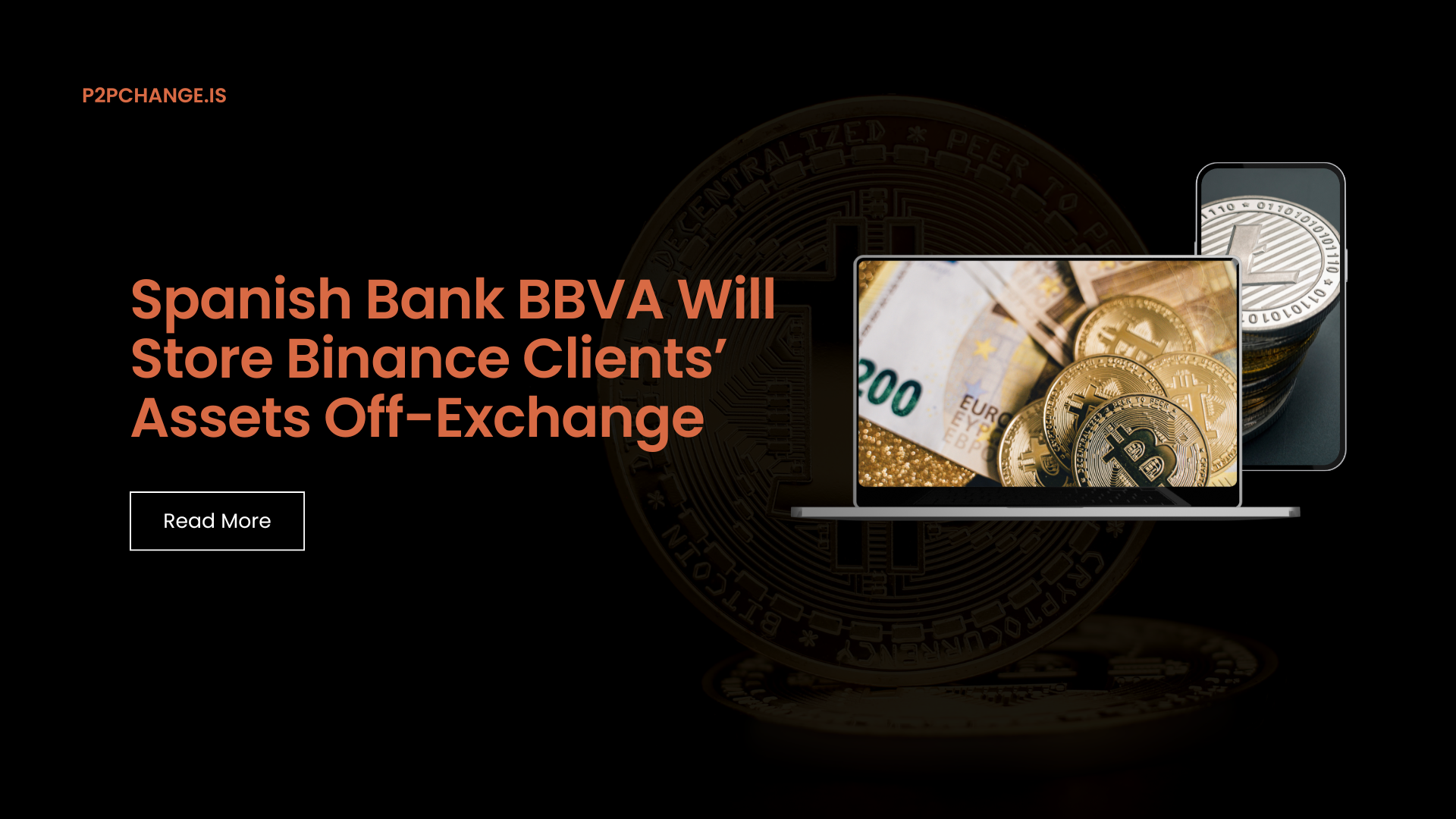
What happened
Spain’s third-largest lender BBVA is working with Binance to offer off-exchange custody to the exchange’s clients, according to the Financial Times. Assets would sit with BBVA—reportedly in U.S. Treasuries—while Binance accepts those holdings as margin for trading, creating a separation between clients’ collateral and the exchange’s trading venue.
CoinDesk and Reuters both picked up the FT scoop. Reuters added that both BBVA and Binance declined to comment on the reported arrangement.
Why it matters
- Counterparty risk, addressed: Allowing users to custody collateral off the exchange can reduce the chance that funds get snarled if a venue faces distress—an explicit response to lessons from FTX’s 2022 collapse.
- Traditional finance meets crypto: A marquee euro-area bank acting as an independent custodian may reassure institutions that require bank-grade controls before deploying size on centralized exchanges.
- Binance’s de-risking arc: The exchange has been moving to broaden custody choices since early 2024, when it began letting larger clients use third-party banks such as Sygnum and FlowBank. The BBVA link is the clearest sign yet that off-exchange custody is becoming standard for VIP and institutional flow.
How the arrangement reportedly works
Per the FT, client funds sit at BBVA in U.S. Treasuries. Binance accepts the Treasuries as margin, so traders keep access to liquidity without holding collateral directly on the exchange. If the trading venue experienced an outage or worse, the collateral remains at the bank, insulated from exchange-specific risk. Think of it as a triparty-style structure adapted for crypto.
This model echoes mechanisms Binance has discussed publicly—ways for institutions to trade on the venue while leaving collateral with an external custodian.
The broader backdrop
- Regulatory hangover: Binance paid $4.3 billion in 2023 to resolve U.S. anti-money-laundering and sanctions violations; founder Changpeng Zhao received a four-month sentence. Sharper separation of functions—trading vs. custody—is part of the industry’s reputational rebuild.
- Industry shift post-FTX: Exchanges have moved to proof-of-reserves attestations and segregated custodyoptions as institutions demand stronger safeguards and governance. BBVA’s reported role underlines how traditional banks are stepping in to fill that custody gap.
What’s still unclear
- Scope and eligibility: Neither firm has said who qualifies (e.g., VIP/institutional only, or high-net-worth/prime clients too). No public comment yet from BBVA or Binance.
- Scale of the program: The size of committed collateral, settlement windows, and haircut policies for Treasuries accepted as margin are not disclosed in public reporting.
- Jurisdictional coverage: It’s not yet known whether the custody option is restricted to EU clients or available globally via BBVA entities.
Competitive and market implications
- Institutional crypto custody goes mainstream
A household-name bank onboarding as a Binance custody partner could normalize off-exchange collateral across the industry, pushing other venues to expand bank-custody rails. - Liquidity with lower perceived risk
If Treasuries held at a bank can be posted as margin on Binance, professional traders may feel more comfortable scaling positions without warehousing funds on an exchange—potentially boosting volumes without raising counterparty exposure. - Pressure on crypto-native custodians
As banks like BBVA step in, crypto-native custody brands face stiffer competition—especially where name recognition matters for investment committees. (FT’s sources highlighted BBVA’s brand strength.)
Flashback: the path to third-party banking partners
The new arrangement fits a pattern. In January 2024, reporting indicated Binance began allowing larger traders to hold assets with third-party banks, pivoting from a model that relied on the exchange or its affiliated custodian. Sygnum and FlowBank were cited as early options. BBVA now appears to join that shortlist.
Bottom line
If confirmed, BBVA’s off-exchange custody for Binance clients is a milestone for institutional crypto trading: it keeps collateral at a bank while preserving access to exchange liquidity, directly tackling counterparty risk that has haunted the sector since 2022. It also signals a broader convergence—TradFi infrastructure underpinning CeFi trading—that could define how large money participates in crypto from here.